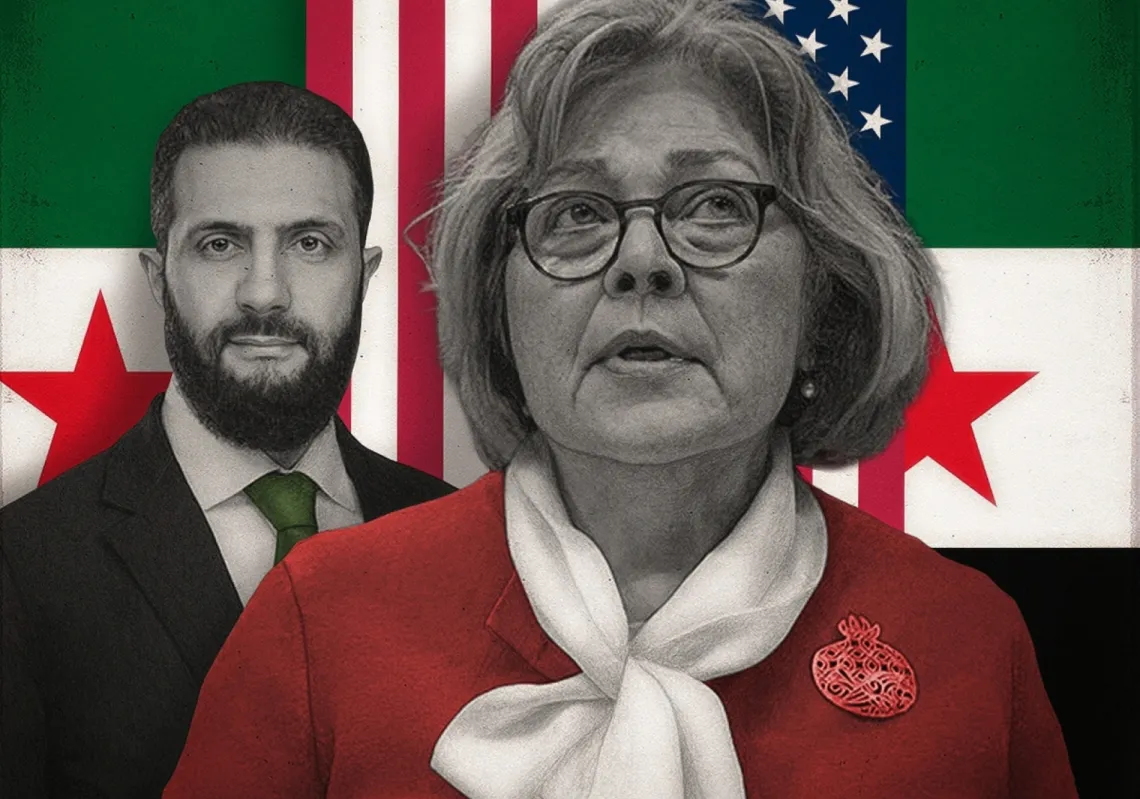The current financial crisis described by Alan Greenspan as ‘once in a century credit tsunami’ has shaken the very foundations of the capitalist financial system. An urge to reap excessive profits at the organizational level in an unregulated environment led to innovations that introduced new products and changed the financial structure. The traditional financial intermediation model in which depositors provided funds to the banks for investment was replaced by raising funds from the market thorough securitization. As a result, by the end of 2006 about 55% of the estimated total of $10.2 trillion value of mortgage loans in the US were packaged and sold to local and global investors. Another segment which expanded rapidly during the period preceding the crisis was the derivatives market. The value of the overall notional amounts of OTC contracts reached $596 trillion by the end of 2007, with credit default swaps (CDS) increasing by 36% during the second half of the year to reach $58 trillion. While some of these instruments are used for hedging purposes, most of it is used for speculation. This is apparent when one compares the size of the derivatives with the real economy. In 2007, the GDP of the US was $13.8 trillion (and world GDP was $54.3 trillion).
Evolution of Crisis
The fundamental shifts in the financial sector under a deregulated regulatory environment created a risk profile that was a recipe for a crisis. The specific steps that lay the foundation of the financial crisis are given below:
Banks/financial institutions engaged in sub-prime lending (with adjustable interest rates).
The loans were packaged as Mortgage Backed Securities (MBS)/Collateralized Debt Obligations (CDO).
Rating Agencies gave positive ratings to these securities.
Investors (investment banks, hedge and pension funds, municipalities, schools, etc.) invested in these securities.
Investors and speculators bought Credit Default Swaps (CDS) to hedge/speculate on credit risks on loans backing the MBS/CDO.
Issuers of CDS (Investment banks & Insurance companies) took on the risk of default of securitized assets in general and sub-prime loans in particular.
Given the complex web of risks arising in the financial sector, the system began to unravel once there was a negative shock in the economy. One triggering factor was the gradual increase in the interest rates which increased from 1% to 5.25% between 2004 and 2006. Higher interest rates raised the adjustable rates on subprime loans. Given the feeble financial base of the subprime clients, an increase in higher mortgage instalments led to default on payments. As 12-15% of the securitized mortgages constituted subprime loans, the asset base of the MBS/CDO started to erode. This caused the holders of these securities to incur losses decreasing their prices. Those who had insured and/or betted on the possibility of default by buying CDS claimed compensation against the losses. As issuers of CDS starting paying off the claims, these organizations themselves started to incur losses which caused depletion of their capital.
To avoid bankruptcy, there was a scramble to get funds from different sources. However, as lenders did not know the risks involved with different financial institutions and many banks were affected and needed funds themselves, no funds were forthcoming. As a result, the money market froze causing a liquidity crisis. Lack of liquidity resulted in credit crunch that spilled over the activities of the real economy. Lack of financing caused housing market to crumple further decreasing housing (and CDO) prices. Thus, the dynamics of the interlinked relationships and web of risks in the financial sector created a ‘vicious cycle of deleveraging’ that brought the real economy to a stand-still and decline. A problem that started with credit risks soon created liquidity risks and market risks that produced systemic risks threatening not only the financial sector but the global economy.
Financial Crisis: Lessons from Islamic Finance
Islamic finance is governed by principles and laws derived from Shari’ah. The governing principle in economic activities is that of permissibility, which states that all transactions are permitted except what is explicitly prohibited by Islamic law. The prohibitions can be broadly classified as riba and gharar. While there are different interpretations of these concepts, some of the activities which fall under these prohibitions include interest-based loans, sale of debt, and derivatives instruments. Islamic economists argue that if Islamic principles related to economics and finance would be followed, then the financial crisis could have been prevented. This is because, among others, instruments like CDO/MBS and CDS would not exist due to prohibition of selling of debt and derivatives by Islamic law.
Financial Crisis: Lessons for Islamic Finance
While following the principles of Islamic finance would have prevented the crisis, there is danger that some of the practices of Islamic finance can make the sector vulnerable to similar episode. If the key elements of the crisis are examined, one can observe that Islamic finance can potentially end up in that same situation. At the institutional level, the regulatory standards for the Islamic financial sector are in elementary stages, weak and still evolving. Thus, the regulatory restraints on Islamic financial institutions are expected to be no better than their conventional counterparts. At the organizational level, it is difficult to prevent excessive profit seeking and risk-taking in Islamic banks unless the Board of Directors and management impose prudent risk management practices. In the recent past, the Gulf region has witnessed its own episodes of speculation in their respective stock markets.
Finally, the Islamic financial industry had witnessed rapid growth with innovations of complex Shari’ah compliant financial instruments. As the risks of Islamic financial instruments are not easy to comprehend, it is difficult to control various risks arising in financing. For example, among the instruments relevant to the current crisis are sukuk created through securitization of assets. The features of tradable sukuk (such as ijarah based ones) have features similar to those of CDO and MBS. Similarly, instruments similar to CDS are being created in the form of return-swaps through which returns on assets can be swapped with return on any class of assets. The return on these instruments can be swapped with returns on any type of asset, even ones that are not permissible by Shari’ah. Given the above, the steps that led to the financial crisis can well occur in the Islamic financial sector.
The Way Forward
The severity of the current crisis has led to the evaluation of the foundations of the capitalist financial system and search for ideas and solutions. Islamic economists contend that Islamic finance has an alternative that would prevent the recurrence of similar crisis. Whereas the principles of Islamic finance have much to offer to bring about a stable financial system, the practice of the industry is drifting closer towards the conventional models.
As pundits in the West are evaluating their own system and searching for solutions, it is a good time for Islamic finance to pause and reflect on the path it has taken. Using Shari’ah compliant products that are similar to those in conventional finance is blurring the difference between the two systems and can potentially lead Islamic financial sector to a similar crisis. What is at stake by following this path in the long-run is the trust in the Islamic financial system. In case of Islamic finance, trust will not only be created by having transparent dealings and well-managed risks, but more importantly by the authenticity of Islamic products. Building the trust would require developing a Shari’ah based Islamic financial system that can produce the desired stable, resilient and just alternative.
Professor Habib Ahmed - Professor and Sharjah Chair in Islamic Law and Finance, Institute of Middle Eastern and Islamic Studies, Durham University, UK








